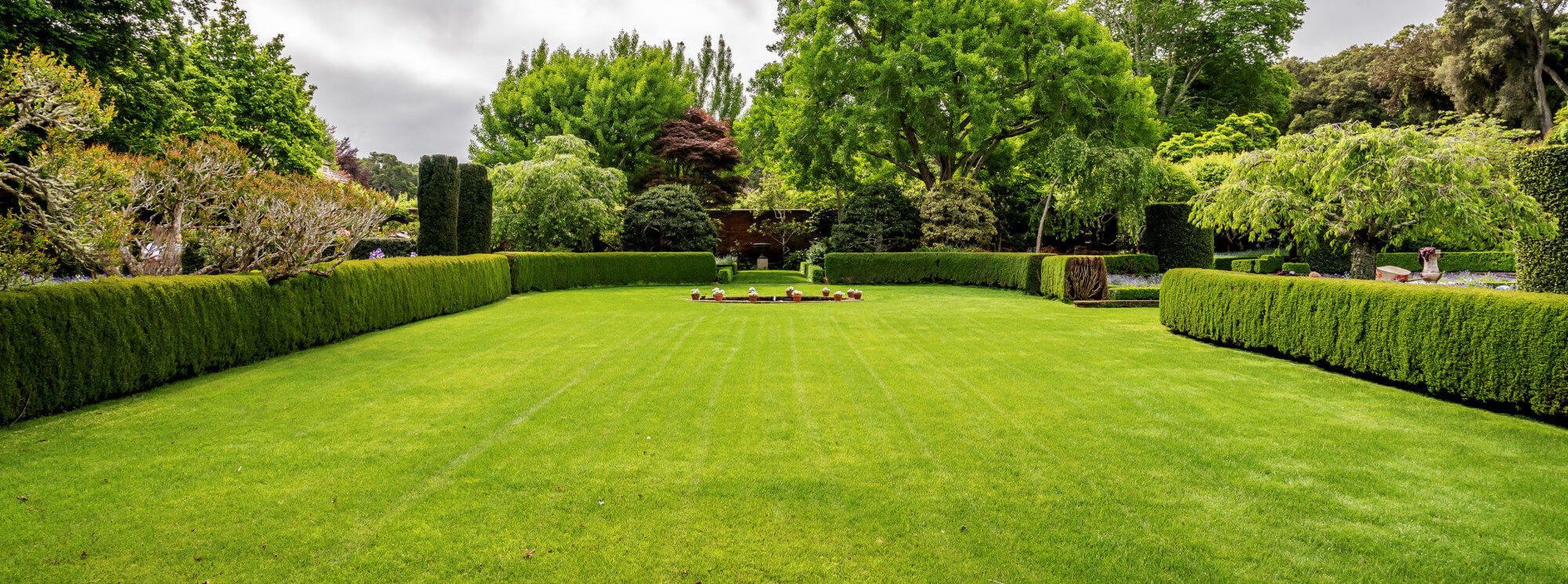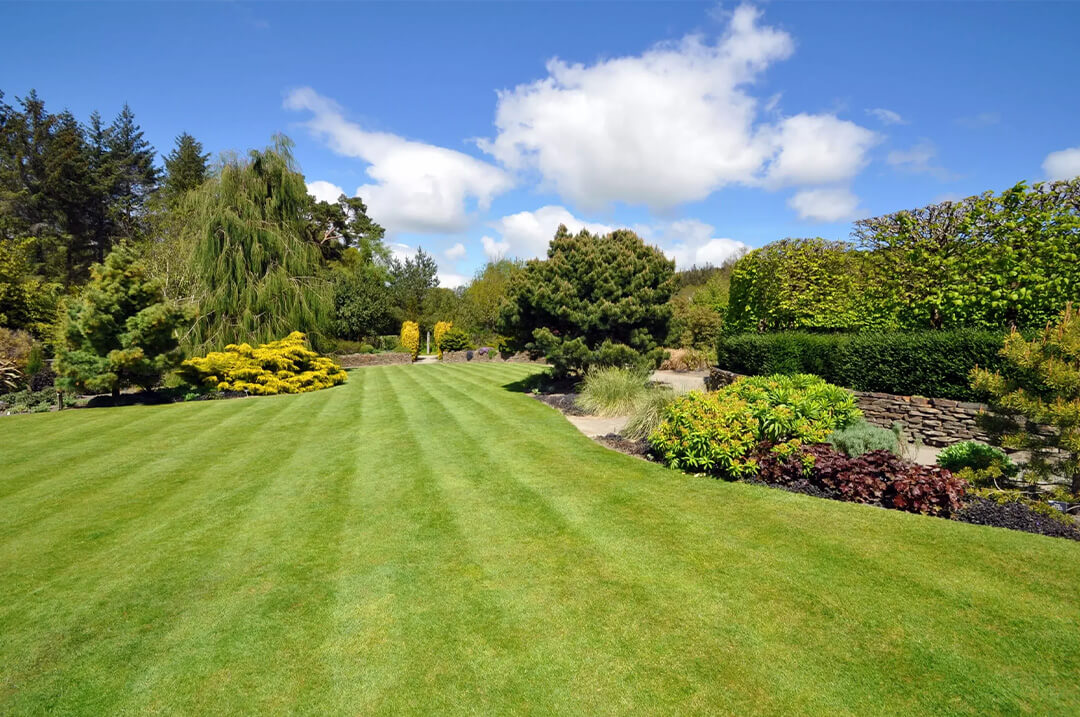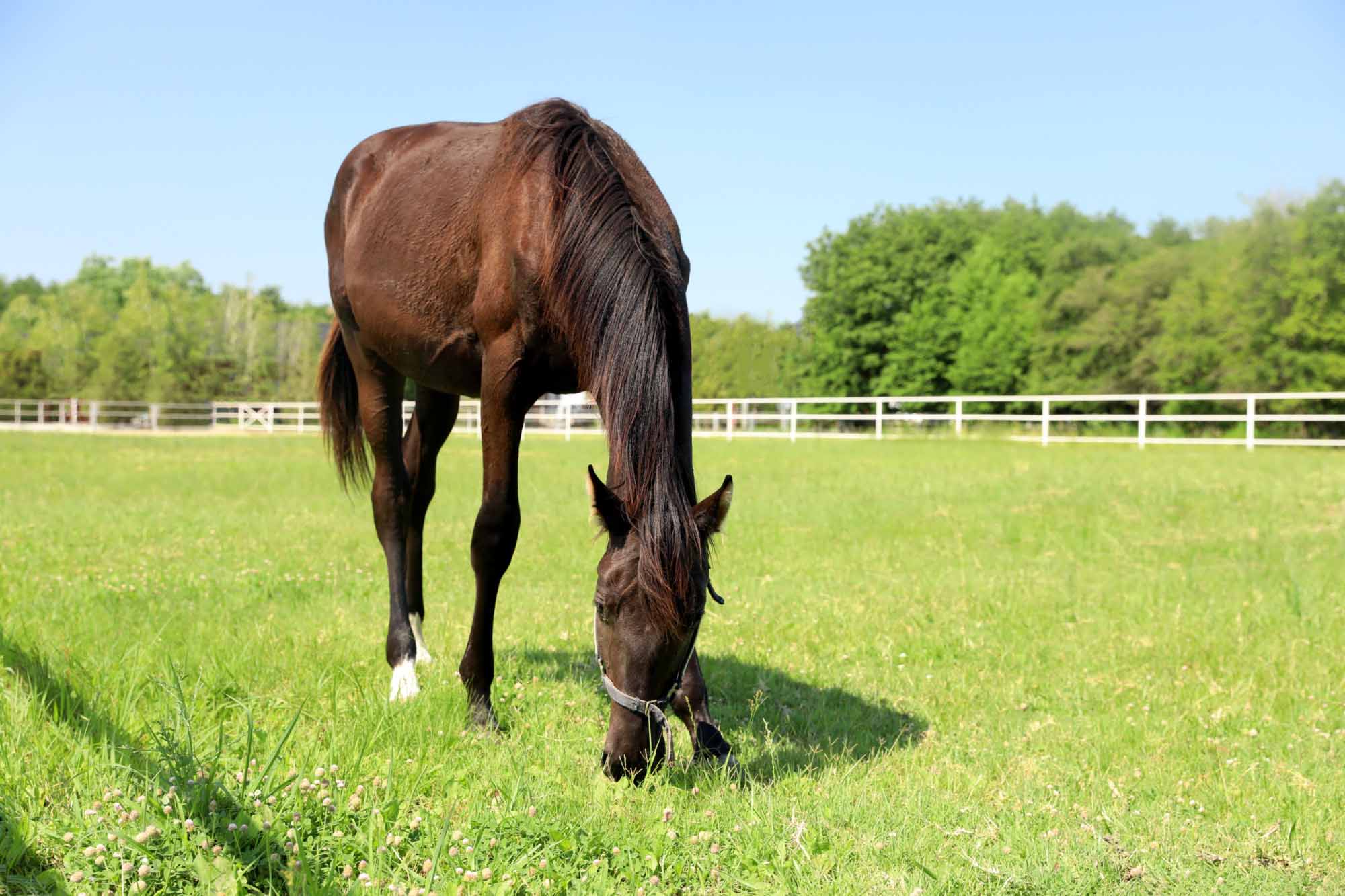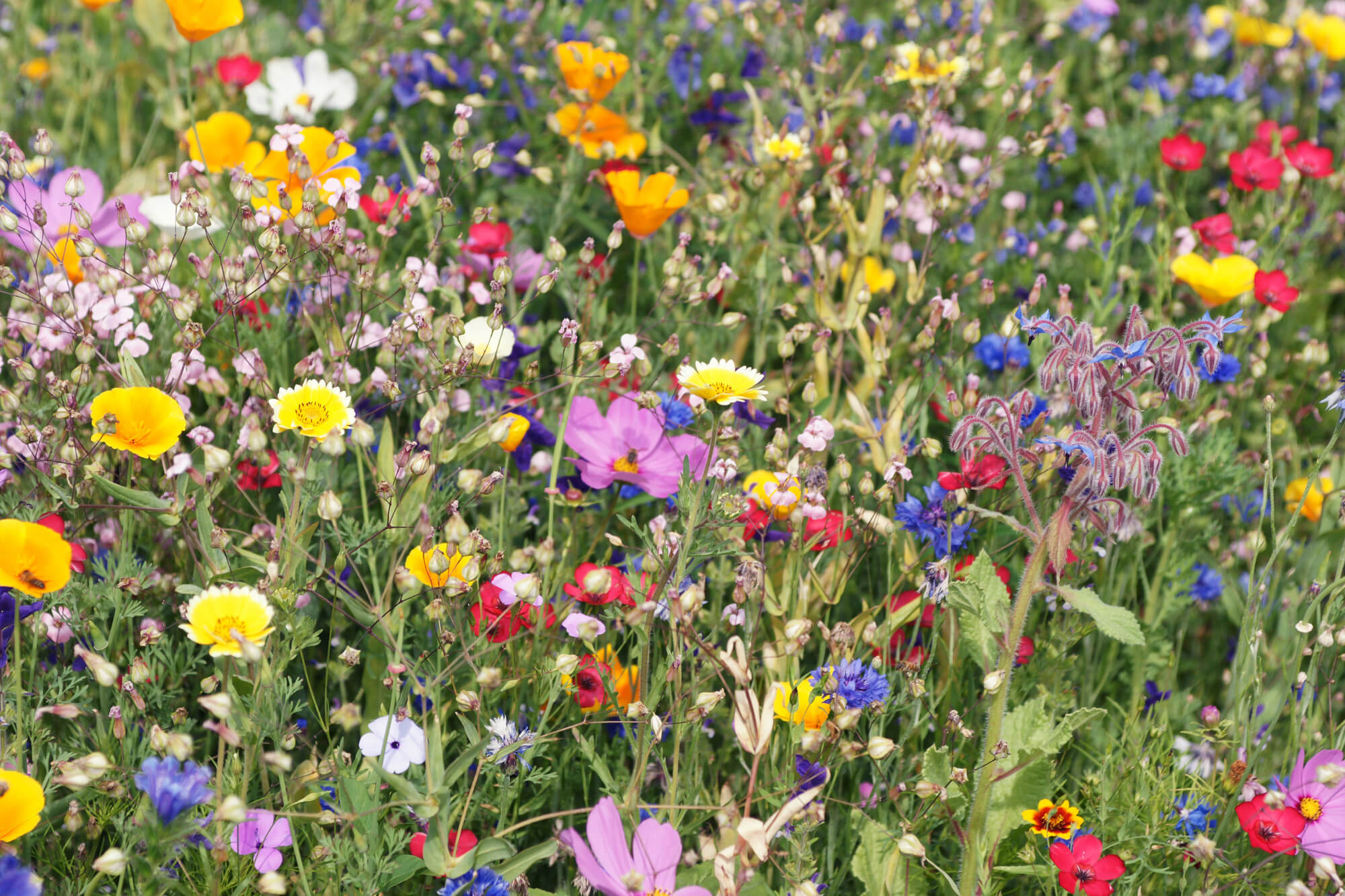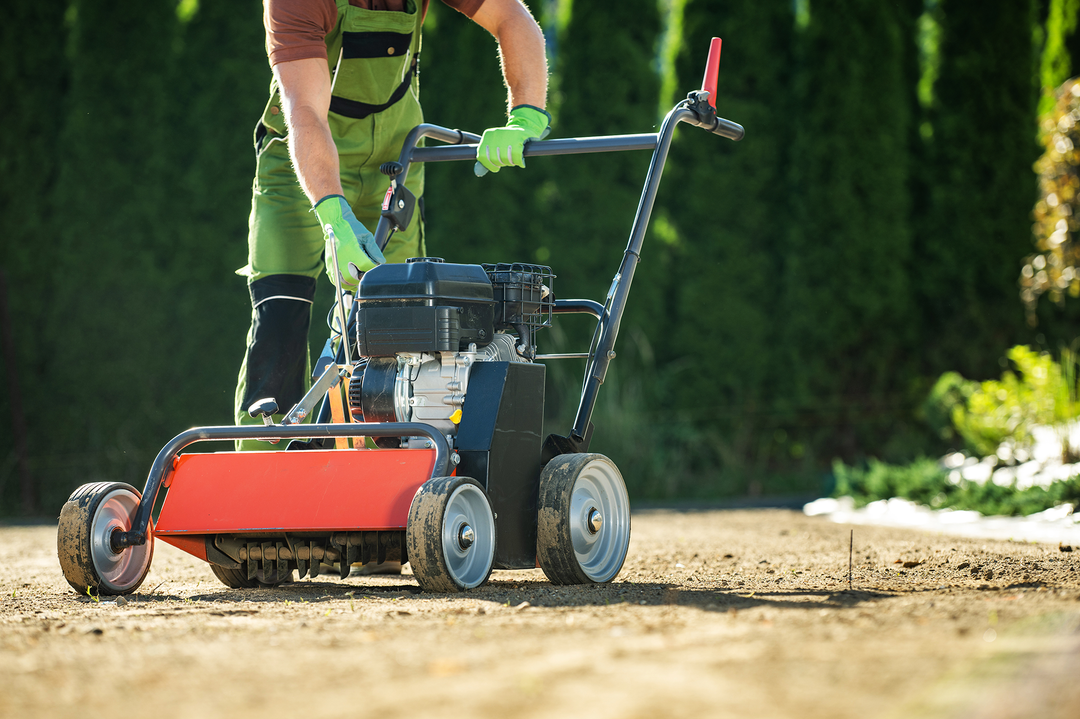As the vibrant hues of autumn emerge, many homeowners overlook the crucial task of lawn maintenance. Investing time and effort into your lawn in the autumn can set the stage for a lush, green lawn come spring. With the right autumn lawn care tips, you can ensure your lawn not only survives the winter but flourishes in the warmer months ahead.
Autumn is the ideal time to prepare your lawn for the upcoming challenges of cold weather, which means addressing essential tasks like scarifying, aerating, and overseeding. Each step plays a critical role in strengthening grass roots and improving soil health. As temperatures drop, focusing on these lawn care tips will help reinforce your turf’s resilience.
In this article, we will delve into the top five tips for effective autumn lawn maintenance, equipping you with the knowledge and methods necessary for a healthy landscape. Prepare to embrace the beauty of autumn while nurturing your lawn for a spectacular revival in the spring!
The Importance of Lawn Care in Autumn
As temperatures begin to drop, don’t be fooled into neglecting your lawn; autumn is the ideal time for lawn maintenance to ensure a lush lawn come spring. Grass growth may slow, but your dedication to your lawn’s health shouldn’t. Increasing your mower blades cutting height is a wise choice to prevent brown patches and snow mold from attacking your precious grass blades as the winter months loom.
Moreover, this season is perfect for deploying a hollow tine aerator across the entire lawn. This essential step combats compaction and revitalises soil structure—imagine the satisfaction as water, air, and nutrients easily reach thirsty grass roots to strengthen them against upcoming frosts.
Adding an autumn lawn feed to your garden care arsenal is non-negotiable. Tailored with higher levels of potassium and phosphates, this treatment fortifies grass against cold stress and diseases, enhancing root development for a vibrant green lawn.
Remember, utilising organic materials to promote a nourishing soil ecosystem can have tremendous payoffs, resulting in a self-sustaining, dazzling garden tapestry. So, don't let the crisper air slow you down—embrace these autumn lawn care tips and watch your lawn emerge from winter's chill stronger than ever.
Autumn Lawn Care Tip 1: Scarify Your Lawn
As the blanket of summer heat dissipates and the first hints of crisp autumn air blow in, it’s time to consider the critical practice of scarifying your lawn. Scarifying, the unsung hero of autumn lawn care, is your secret weapon for a healthy lawn.
Why tackle this in early autumn? This period before the cold sets in is your golden opportunity. Postpone, and you risk the build-up of thatch making your grass plants vulnerable to disease and stress. Make a practice of clearing those colorful, fallen leaves that litter your lawn in autumn, and then bring in the heavy artillery—an electric scarifier. An electric scarifier is your ally in effortlessly evicting that pesky thatch more efficiently than manual methods, letting your lawn breathe again.
Following the removal of the undesired layer, the exposed lawn is in dire need of reinforcement. Arm it with fertiliser to bolster grass roots and drive a powerful recovery—laying the groundwork for a strong start in the spring.
What is Scarifying?
At its core, scarifying is like giving your lawn a deep exfoliation, removing the built-up layers of dead grass, moss, and roots clogging the surface. The process is straightforward yet transformative for the soil structure. It can be attempted with a simple spring tine rake, but why toil unnecessarily when an electric scarifier can do the job with swiftness and efficacy? With thatch out of the way, your lawn becomes a free-flowing highway for moisture and fertilisers to reach deep into the soil structure, directly benefiting the grass roots.
It is imperative to time the scarification after rainfall when mild conditions prevail so that the grass can recover optimally from this invigorating treatment. A once-a-year commitment to this lawn therapy can have sensational effects on the entire lawn’s health and grass growth.
Benefits of Scarifying
Scarification speaks the language of liberation for your entire lawn, freeing it from the shackles of thatch that hinder growth and wellness. It’s a breath of fresh air for the soil structure below and a conduit for the autumn lawn feed, ushering in the life-affirming elements of air, water, and nutrients. With autumn's cool embrace, you’ll find it possible to scarify deeper and more effectively than in spring, ensuring that thatch management doesn't come at the expense of the tender young grass plants.
Not only does scarification gear your lawn up for a vigorous leap into next year's growing season, but it thwarts fungal menaces fusarium—which, without intervention, thrive in thatch and could cause unsightly scarring on your lawn. Cast aside the old and make way for the new: a thriving, lush lawn that’s the envy of the neighborhood. Scarification isn't just work—it's a rite of passage for the garden connoisseur aiming for greatness, beyond the mere absence of brown patches. It’s about a masterpiece, a living, breathing canvas of green, ready to persevere through the winter months and flourish again.
Autumn Lawn Care Tip 2: Aerate Your Lawn
Aeration is the secret weapon in your autumn lawn care arsenal, making it the perfect time to help your lawn breath and drink up all it needs. This task is central to achieving that green lawn masterpiece you’re aiming for. With the simple act of increasing air circulation and water movement around the lawn roots, aeration paves the way for remarkable root growth and improved drainage – essentials for plant health. Remember, compacted soil is a barrier to moisture and air retention, a common plight for lawns that have borne the brunt of summer traffic or rain.
Imagine the transformation when your lawn shifts from suffocation under compacted soil to liberation through aeration. This is particularly vital for areas requiring superior drainage, as aeration holes work wonders in preventing the lawn surface from becoming waterlogged during bouts of heavy rain. What’s more, aeration is seamlessly paired with the application of top dressing, an act that enhances soil quality while infusing grass roots with a banquet of nutrients that encourage healthier, vibrant growth.
Understanding Aeration
At its core, aeration is a process entailing the creation of tiny punctures across your lawn, a deliberate strategy to enhance the penetration of air, water, and nutrients. The opening up of the earth allowes your lawn to breathe and absorb what it needs, ultimately leading to a sturdy, resilient lawn. Particularly after the heavy usage during summer months, your grass is fatigued, its resources are depleted, and it needs some TLC to bounce back.
Aeration relieves your lawn from the oppression of dense, packed soil, ensuring that roots get an even break in accessing all-important resources. Variety reigns in the techniques of aeration. For the modest expanse of a small lawn, a simple garden fork might do, but for larger lawns, a mechanical aerator could be required.
Methods of Aeration: Hollow-Tine vs. Solid-Tine
When it comes to aeration, there’s a tug-of-war between two schools of thought – Hollow-Tine versus Solid-Tine. Both have their merits, but the distinction is clear: hollow-tine aerators are designed to extract cores of soil, thereby creating vacancies for oxygen to commingle with the grass roots. They’re your go-to for kicking soil compaction to the curb, especially when battling clay soil's defiant nature.
If your lawn is a stranger to regular aeration or a victim of severe compaction, the hollow-tine technique triumphs, clearing pathways for your lawn to breathe deeply and with ease. Following this, a sweep of top-dressing into the holes acts as a restorative balm, enhancing the soil's condition and leading to a more vigorous grass. On the other hand, alternatives like aerator sandals or machine rollers might seem convenient but pale in comparison to the depth and effectiveness of a hollow-tine aerator.
Ultimately, your choice should align with the needs of your lawn. For a small, lightly compacted area, the trusty garden fork can suffice. But when the going gets tough, the smart money is on the hollow-tine approach, a commitment to ensuring your lawn stands tall, green, and enviable, no matter what the autumn skies have in store.
Autumn Lawn Care Tip 3: Top Dress Your Lawn
Top dressing your lawn in autumn is like giving it a luxurious spa treatment before the winter months settle in. It is the perfect time to enrich the soil and foster healthier grass growth. Think of it as the ultimate autumn lawn care tip to transition your green haven into the colder times with resilience and vigor. Top dressing assists drainage and aids in the breakdown of thatch.
The application of top dressing is a simple process. All you need to do is generously spread the material across your lawn's surface and work it into the aeration holes. This ensures that it sinks deep down to where it's most needed, right at the grass roots. If you notice uneven patches on your lawn, top dressing is your friend. It levels these areas by evenly distributing about 1–3 kg of material per square metre. Remember to undertake this task when the lawn is dry to ascertain optimal incorporation of the top dressing into the grass and soil.
What is Top Dressing?
Top dressing is essentially the culinary art of grass nourishment—an exquisite blend of sandy loam, sharp sand, and organic matter such as compost or leafmould. Imagine a ratio of divine proportions: 3 parts sandy loam to 6 parts sharp sand to 1 part compost. The execution is just as important as the mix. A fine layer across the grass surface, methodically worked into the aeration holes, ensures it penetrates to where it's most effective—near the grass roots. Instead of piling it on in one heavy application, lay down multiple light layers to avoid suffocating your blades of grass.
This miraculous mixture does more than just feed the lawn; it elevates its very foundation. By improving drainage and soil structure, it evens out those annoying little dips, leading to a more smoothly contoured lawn surface. Over time, using top dressing can transform the characteristics of your topsoil, engendering an ideal home for your grass plants to thrive.
Selecting Quality Soil for Top Dressing
Quality soil for top dressing can make all the difference to the outcome. Not only does top dressing enhance the soil structure, but it also boosts drainage and replenishes nutrients that might have been lost over time, making it an indispensable element for a healthy lawn. A mix rich in sand and loam has been tried and tested for its efficacy in nourishing and conditioning lawns.
Many gardeners opt for commercially available blends of loam and compost, providing that vital organic matter that keeps your lawn vibrant and full of life. When applying top dressing, it's of utmost importance to spread it as evenly as possible across the entire lawn. This avoids clumps that could smother your lush lawn. Work it gently into the holes left by the hollow tine aerator, letting it reach deep into the soil.
So, when contemplating autumn lawn care tips, don't overlook the power of top dressing. Your grass will thank you by bouncing back in spring with renewed vitality, ready to face the summer sun.
Autumn Lawn Care Tip 4: Overseed for a Thriving Lawn
Achieving a verdant, lush lawn that earns admiring glances from the neighborhood isn't just about regular maintenance—it's about seizing the ideal time to give your lawn what it needs to be its best. That's why overseeding in early autumn is the best time for sowing grass seed. As grass growth starts to slow down, your lawn is likely showing the scars of summer fun—thinner patches that need attention before the winter months roll in. This is your perfect time to take action.
By generously overseeding with high-quality grass seed, you're not just patching up the problem areas, you're fortifying your entire lawn for a resilient, full recovery. The seeds need good contact with the soil, so don't shy away from using a roller to secure that bond that leads to successful germination and, ultimately, a healthy lawn. To ensure those little seeds turn into thriving blades of grass, keep your newly-seeded lawn well-watered until germination has occurred. Opting for a superior seed mix will bring in the right troops of grass plants to transform thin, lackluster areas into a thick and vibrant canvas of green.
What is Overseeding?
If you're not familiar with it, overseeding might sound like earnest gardeners are excessively sowing seeds by the handfuls. However, it is far from being a practice of overzealous lawn keepers. Overseeding is an art—the art of spreading new grass seed across your existing lawn to encourage lush, dense growth and improve overall health. The process is designed to introduce new life to your lawn, particularly in the spots worn down by summer activities or suffering from brown patches.
Mowing your grass to the ideal cutting height before starting is crucial—it opens up the lawn surface, preparing it for a fresh batch of grass seed. This act helps the fresh seeds make direct contact with the soil, setting the stage for a strong, new beginning. And don't forget, once overseeding is complete, an autumn lawn treatment can act as a shield for your grass roots, protecting them against common winter ailments like fusarium patch.
Timing and Techniques for Effective Overseeding
There's a sweet spot on the calendar for overseeding, and it's planted firmly in early autumn. This window offers a welcoming climate for seed germination—warm enough to activate growth, but not so hot that it hinders it. Proper timing can also ensure that the young grass plants have the strength to withstand the winter and continue growing vigorously into spring.
To start, remember to give your lawn a proper trim. This isn't merely for show; it's a strategic move to boost seed-to-soil contact. Apply the seeds with precision, and follow through with thorough watering. This isn't just hit-and-hope gardening; it's giving grass seeds the ideal conditions they need to bond with the earth and emerge as strong, resilient grass plants.
Post-overseeding care often includes an autumn lawn feed, targeted to strengthen the young blades and prepare them for the colder months. This nurturing step helps maintain soil structure and offers a defense against potential diseases that can take hold when the air grows cold and the days grow short.
By following these autumn lawn care tips faithfully, when spring arrives, you'll be greeting it with a full, vigorous green lawn that's the envy of the neighborhood, thanks in no small part to your foresight and diligence during the autumn months.
Want to know more about overseeding, see our guide to seed rates for overseeding and our guide on grass seed sowing times in the UK.
Autumn Lawn Care Tip 5: Practice Proper Mowing Techniques
Mowing your lawn may seem like a routine task, but as autumn descends, the approach to cutting your grass should be carefully considered to maintain a healthy lawn. As the grass growth begins to slow, raise the mower blades to leave the grass at a height of around 4 cm. This increased height during autumn is essential as it enables a larger surface area for photosynthesis, helping the grass store precious energy in its roots that are vital for winter resilience.
Moreover, frequency is important; mow only when the lawn begins to look untidy or shaggy. This might mean mowing less often than in the summer months. When you reach the last mow of the year, aim for a slightly higher grass height of approximately 5 cm. This strategic length helps to prevent crushing under potential snowfall and deters fungal infections that thrive on damp, flattened grass.
It's important to make sure the lawn surface is clear before you mow. Remove any fallen leaves, and if your mower has a leaf-collection setting, adjust the cutting height to the highest setting to prevent suffocating the grass. Lastly, exercise caution and avoid mowing when the grass is wet or frosted, as this can cause significant damage to the delicate grass plants and foster unwelcome lawn diseases. Proper mowing techniques in autumn are a pivotal step in safeguarding your lawn's health through the challenging winter conditions.
Ideal Cutting Height for Autumn
As the days grow shorter and the temperatures drop, maintaining the right balance between cutting height and the health of your lawn becomes paramount. The rule of thumb for the autumn months is to adjust your mower blades to achieve a cutting height of around 5-7 cm (2-2.5 inches) for the final trim.
Maintaining this length isn't simply a visual preference; it's a calculated decision to boost your lawn's ability to soak up the waning sunlight and store necessary energy for the cold days ahead. Furthermore, longer blades of grass foster healthier growth patterns and provide better resistance to the stress of winter.
In the latter part of autumn, such as November, if you need to mow the grass, aim to keep it at the threshold of about 2 inches. This height is geared toward preventing the unsightly development of brown patches, which are more likely to form over the winter if the grass is too short. Prioritising the optimal cutting height is not just for immediate aesthetics; it's a long-term investment for ensuring that your lawn emerges from the winter months as vibrant and strong as possible.
The Importance of Leaf Clearance
Amidst the beauty of autumn's foliage, the task of clearing away dead leaves is not just for neatness; it's essential for the health of your lawn. Leaves left to accumulate can quickly become a threat, causing moss proliferation, encouraging unwanted worm activity, and suffocating healthy grass.
Yellowing or dead patches can emerge from beneath a seemingly harmless blanket of leaves, hence why regular clearance is not just recommended but crucial. It's best to tend to this chore weekly, making sure not to let a build-up occur that could lead to damaging diseases.
Not only is clearing leaves beneficial for your lawn's health, but it can also contribute to your garden's sustainability practices. Those fallen leaves can be efficiently composted or turned into nutritious leaf mould for your garden beds. For this task, a simple rake or garden brush often suffices. If you're dealing with a larger lawn, however, you may find it helpful to employ a leaf sweeper or lawn vacuum. Regardless of your tool of choice, remember that regular leaf clearance is a necessary step in autumn lawn care to ensure a verdant, green lawn come spring when you resume your summer lawn care routine.
Remember that leaf litter can be compsted to make leaf mould and then used to enrich the soil in your garden.




